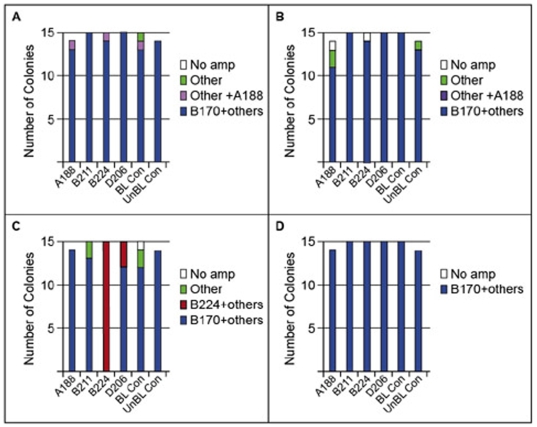Figure 4. Number of colonies with a given Symbiodinium type in each treatment detected using cp-23S-rDNA.
(A–D) Symbiont communities (A) prior to heat-induced bleaching (PreBL), (B) after corals had lost up to 90% of their symbionts at the end of heat treatment (PostBL), (C) after three and (D) five weeks of exposure to a novel symbiont type “Other” = types B178, B184 and/or A194 found alone and “B170+ other” = B170 found alone or in conjunction with types B178, B184 and/or A194. “Other + A188” = type A188 found at low levels with B170+ others in 3 colonies; “B224+other” = types B170, B178 and B184 found in conjunction with B224. Note that B224 was also detected at low levels in 3 of 15 colonies in the D206 treatment during the 3 wks sampling (C). B224 was not detected in any other treatment or in field surveys of over 180 colonies (Fig. 1). Given that the D206 tank was adjacent to the B224 treatment tank the B224 tank is the most likely source of the B224 contamination.

